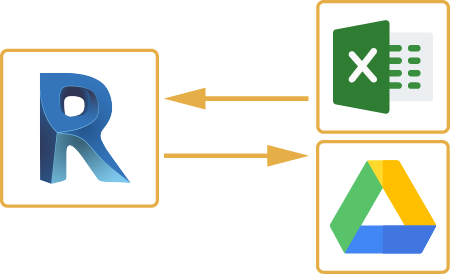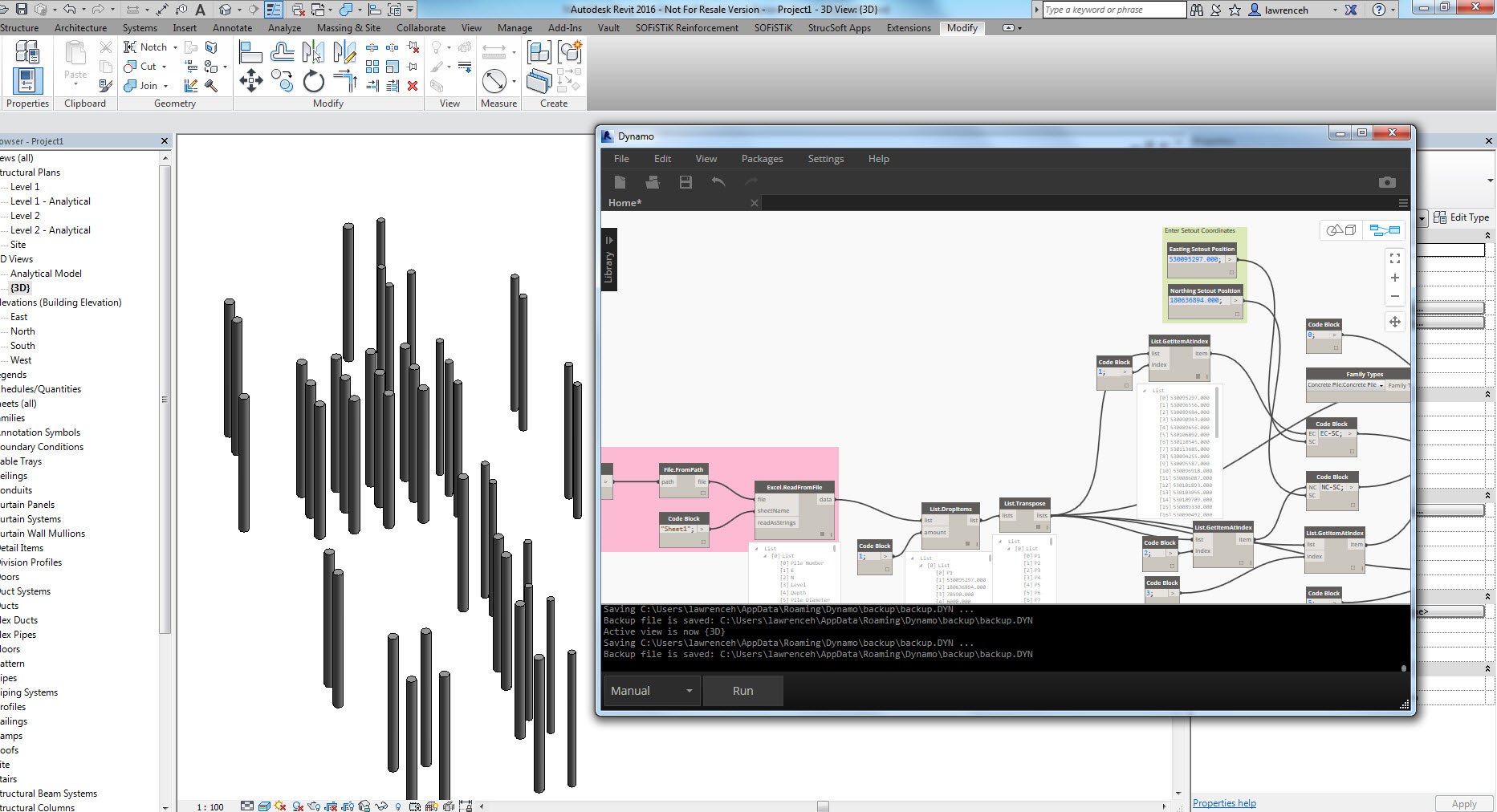Revit Tool Option for Streamlined Modeling and Design
Wiki Article
Mastering the Art of Data Combination: Just How to Seamlessly Import Excel Info Into Revit
Are you battling to import Excel data into Revit smoothly? Look no more! In this write-up, we will direct you with the procedure of mastering the art of data assimilation. Discover the value of smooth combination in Revit and check out the Excel data style for Revit combination. Prepare to prepare your Excel information easily and follow our step-by-step overview to import data into Revit. With our ideal methods, you'll achieve data assimilation success in no time at all. Let's begin!Understanding the Importance of Information Assimilation in Revit
Comprehending the value of data combination in Revit is crucial for seamless importing of Excel documents. It allows you to successfully upgrade and handle info throughout the entire job when you incorporate information from Excel right into Revit. This integration guarantees that your design and construction procedure is current and precise.By integrating information, you can quickly import and update parameters, routines, and even geometry in Revit. This gets rid of the requirement for hands-on information access, conserving you time and lowering the threat of errors. With Revit's information integration capabilities, you can preserve uniformity and precision in your job, while likewise improving collaboration among staff member.

Discovering the Excel Documents Layout for Revit Integration

In order to successfully incorporate Excel documents into Revit, it is essential to guarantee that the information is formatted appropriately. This consists of properly labeling rows and columns, along with structuring the data in such a way that works with Revit's data schema. Revit makes use of details criteria and categories to arrange data, so it is very important to align the Excel data with these parameters to make sure a smooth assimilation.
Additionally, it is very important to keep in mind that Revit only sustains particular information kinds when importing from Excel. These include text, numbers, and days. Any kind of other data kinds, such as formulas or conditional formatting, will not be identified by Revit and might cause problems throughout the combination process.
Preparing Your Excel Data for Seamless Import Into Revit
To ensure a smooth integration process, you'll need to properly format and label the columns and rows in your Excel information before importing it into Revit. Since it enables Revit to accurately analyze and organize your data, this action is crucial. Start by analyzing your Excel information and identifying which columns and rows include pertinent information for your Revit task. Make certain to identify each column with a clear and detailed header. This will certainly assist you and others conveniently recognize the function of each column and avoid confusion during the import process.Next, make sure that the data in each column is effectively formatted. As an example, if you have a column for measurements, make certain that all dimensions are continually formatted in the very same units of measurement. Revit depends on constant formatting to accurately analyze and import information.
In addition, it is crucial to examine for any empty cells or incongruities in your data. Revit may not be able to check out or import information from cells that are empty or contain mistakes. Therefore, it is advised to review your Excel data and clean up any kind of inconsistencies prior to importing it right into Revit.
Step-By-Step Overview to Importing Excel Data Into Revit
Once you've appropriately formatted and labeled your Excel information, you can easily import it into Revit by following this detailed guide. To begin, open Revit and navigate to the "Insert" tab. revit tool.Next, a dialog box will appear, enabling you to tailor the import setups. Here, you can pick the worksheet you desire to import, specify the array of cells to import, and choose the proper devices for your information. As soon as you have actually made your choices, click "OK" to continue.
Revit will currently display a preview of your Excel data. Take a moment to guarantee and examine the preview that everything looks appropriate. If needed, you can make adjustments to the import setups by clicking the "Setups" button.
Best Practices for Data Assimilation Success in Revit
Make certain you comply with these finest methods to make certain effective assimilation of information in Revit. It is important to organize your information in Excel before importing it into Revit. This means guaranteeing consistent naming conventions, correct format, and accurate data depiction. Next off, take advantage of Revit's integrated tools for information mapping. This will allow you to match the columns in your Excel file with the matching criteria in Revit. Bear in mind the units and data types when mapping the information, as any type of discrepancies can bring about errors in the combination process.Another important technique is to on a regular basis verify and upgrade your information. As your project proceeds, it is vital to keep your Excel documents as much as day with any adjustments made in Revit. This will aid preserve the precision and uniformity of your information throughout both platforms. Furthermore, utilize information validation devices within Revit to determine any errors or disparities in the incorporated information.
Lastly, it is advised to develop a clear workflow for data integration. This consists of specifying roles and obligations, establishing a communication network in between staff member, and establishing a routine tempo for data updates and testimonials. By adhering to these best practices, you can revit plugins make certain a effective and seamless combination of data in Revit, ultimately improving the performance and accuracy of your job.
Verdict
In verdict, mastering the art of data integration is essential for smooth import of Excel files right into Revit. Understanding the relevance of information assimilation in Revit is the first action towards effective combination.When importing information from Excel into Revit, it is vital to understand the data layout and just how it can influence the assimilation procedure (revit tool). Revit utilizes particular criteria and groups to arrange data, so it is vital to straighten the Excel information with these parameters to make certain a smooth integration
Be mindful of the information and devices types when mapping the information, as any inconsistencies can lead to errors in the assimilation process.
In addition, make usage of information recognition devices within Revit to identify any type of errors or variances in the integrated data.

Report this wiki page